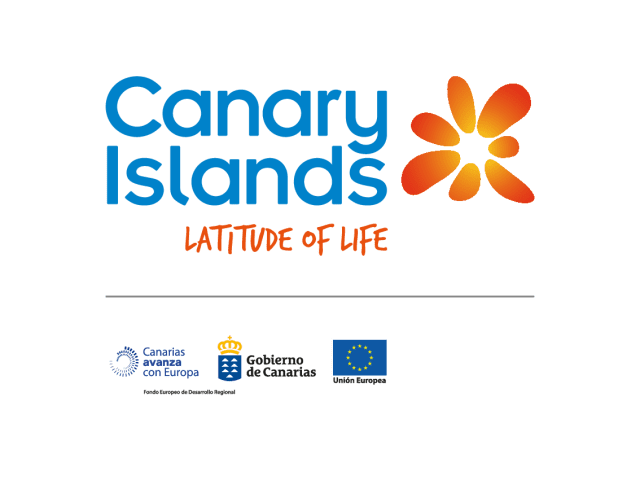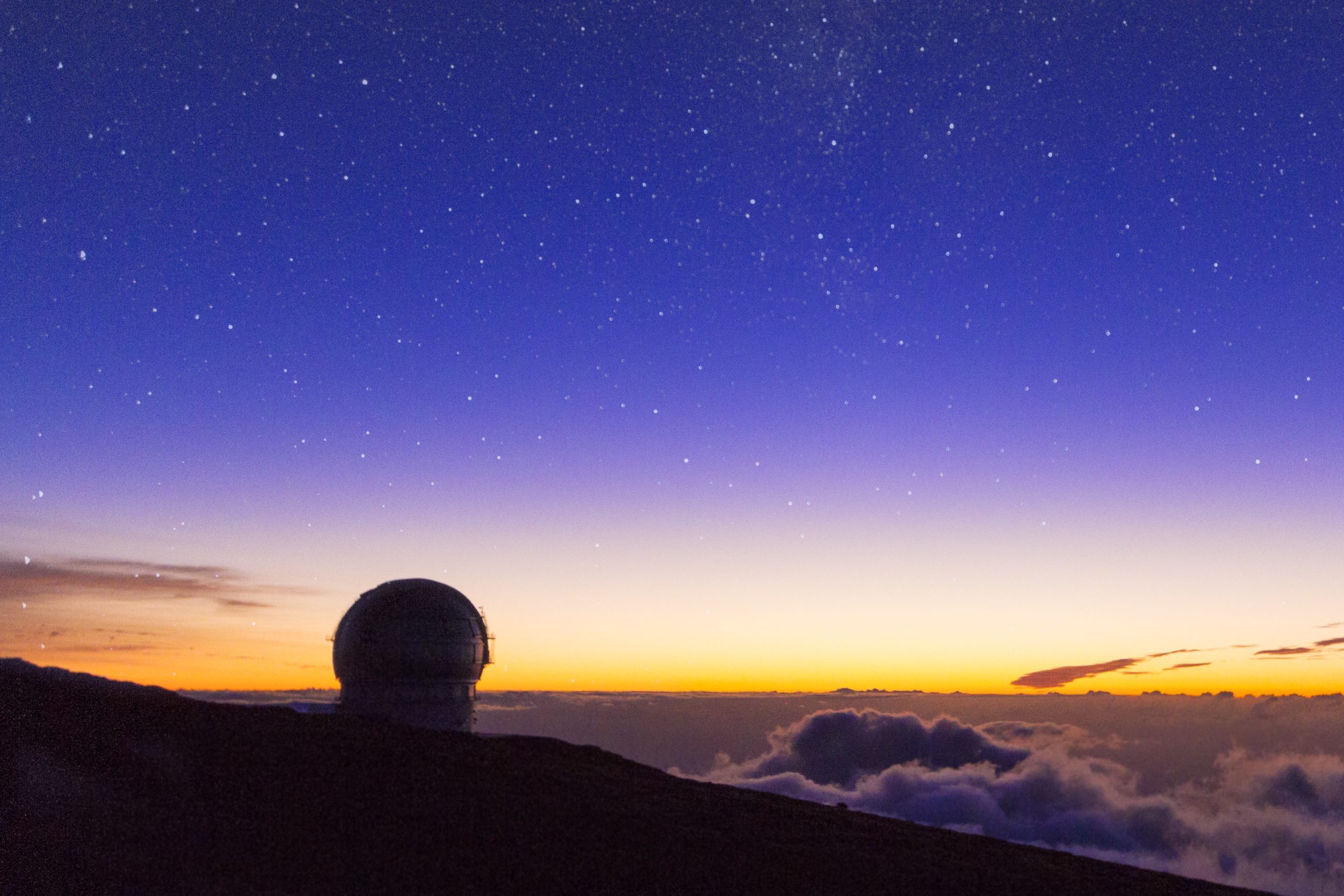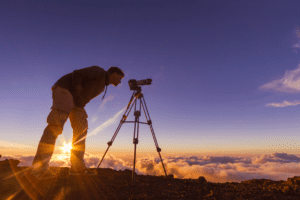La Palma is the second westernmost island of the Canary archipelago, thus granting the island a privileged position within the Atlantic Ocean. This, together with its altitude at 2.396 m above sea level, makes for one of the best places in the world for star gazing. A gift that the inhabitants of this little island (just a four hour flight from central Europe) know how to cherish: a legislation drafted in 1988 protects the beautiful skies from light pollution and invasive air traffic.
The Joy of Stargazing
The people of La Palma have great pride in their island’s clear, close and wonderful night sky. In 2012, astrophysicist Ana García Suárez founded the astrotourism operator La Palma Astronomy Tours (www.lapalmastars.com). Her business has become greatly successful in the international tourism sector, thanks to the quality of the island’s night sky and the experiential model she promotes.
On a La Palma Astronomy Tour, visitors can expect to experience some of the best viewing points on the island, take advantage of the giant telescopes of the Roque de los Muchachos Observatory, participate in astronomy workshops, and take night photography courses. They even offer a Tapas and Stars tour, an activity that combines tapas with astronomy in the incomparable setting of the San Antonio Volcano and its visitor centre. The highlight of the season is of course the Perseids meteor shower, which peaks on the night of August 12th and early morning of August 13.
Ana García, founder of La Palma Astronomy Tours, explains that part of her project’s success is attributed to her passionate team and their love for their island
“we have a team that loves what it does”. “You need to connect to your clients with a story,” she continues. “And that can only happen if you really have a feel for what you are doing.”
Along with her seven trained staff, she personally greets all her groups, which can exceed 100 people.
Astrotourism in La Palma
Astronomy is an integral part of the island’s tourism. Following the Cumbre Veja eruptions, the island continues to invest in their Astrotoursim. La Palma’s already impressive network of walking tracks will have more signage guiding visitors to the best nocturnal viewing points, and hotels are starting to provide guests with telescopes.
****
For information on astrotourism on La Palma, including, viewpoints, nocturnal walking tracks and visits to the Roque de los Muchachos Observatory, see the website: https://www.starsislandlapalma.es/en/
For more information on the Canary Islands, please visit www.hellocanaryislands.com
ENDS



